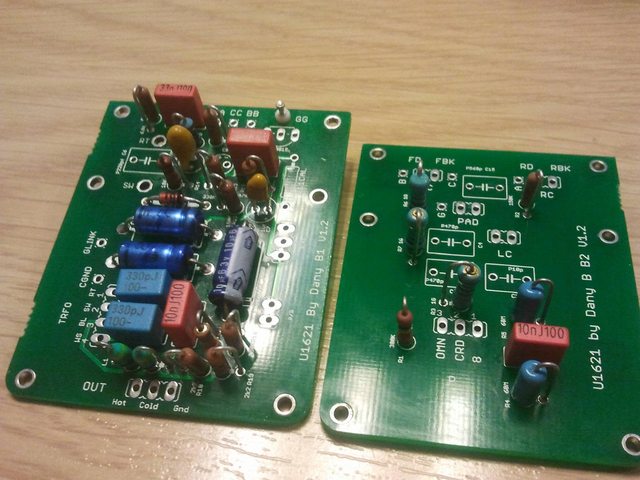kante1603
Well-known member
+1 on showing us some clear pics.
You have a serious technical issue,not only hum.Since the crackles sound kind of rhythmic it seems to be at least a capacitor related thing (remember that the capsule is a cap too).
Do the initial voltage tests first,then go from there methotically.
Are there any voltages off or do they seem to be incorrect?
Do the issues appear to happen when the mic is warmed up,is it different right after switching phantom on?
Udo.
You have a serious technical issue,not only hum.Since the crackles sound kind of rhythmic it seems to be at least a capacitor related thing (remember that the capsule is a cap too).
Do the initial voltage tests first,then go from there methotically.
Are there any voltages off or do they seem to be incorrect?
Do the issues appear to happen when the mic is warmed up,is it different right after switching phantom on?
Udo.




